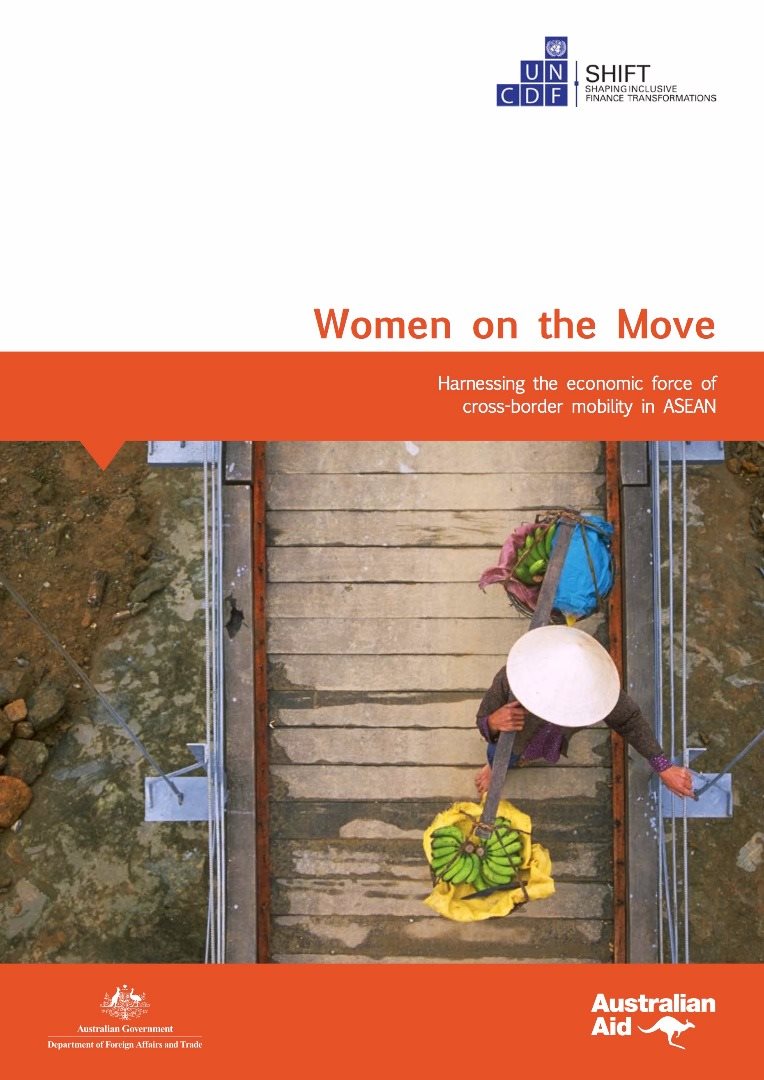Around the world, increasing numbers of people are migrating in search of work and better lives; the Association of Southeast Asian Nations (ASEAN)1 region is no different. IFAD (2014) estimates that formal remittances in ASEAN totalled US$47.9 billion in 2012. The contribution from these remittances to economies can be powerful. In the Philippines and Viet Nam formal remittance inflows account for almost 11 percent and 7 percent of gross domestic product (GDP), respectively.
The value of remittances sent by migrants through informal channels, though not currently measured, is likely even greater (IFAD, 2014). Due to the informal nature of their work and lack of official documentation, poor migrants face significant barriers to opening bank accounts or to accessing formal and regulated channels for sending money home. Since remittances are typically sent back to family members in their home country, improving migrants’ financial inclusion in their adopted home should be an important goal for development partners, including governments and civil society organizations.
This note highlights the important role played by remittances in improving social protection and in achieving broader development objectives such as education in the migrants’ home countries. In particular, remittances empower not only the women migrants who send them but also the women family members who receive remittances back home. Since women migrants also face greater gender-specific challenges and barriers than male migrants, development partners should put in place initiatives tailor-made to the needs of this population.
While the ASEAN community has committed to freer flows of high-skilled labour between member countries under the current ASEAN Economic Community (AEC) Blueprint, the issue of low-skilled labour remains relatively unaddressed, and is not nuanced to the specific challenges faced by the women in this group. The current efforts to craft the post-2015 AEC Blueprint offer a critical window of opportunity to factor in the specific challenges of women migrants to ensure greater labour mobility without perpetuating economic and political inequality. Neither does the Blueprint make mention of the special challenges faced by women who remain at home while their husbands and family members work abroad.
This note provides concrete recommendations to ASEAN policymakers on how to tackle the separate challenges faced by these two different groups. It begins, however, with an explanation of how remittances and, more broadly, financial inclusion through the use of formal and regulated remittance channels as well as financial products and services can improve the status of women migrants and women remittance receivers back home. It details the profile, needs and ways these two groups currently use financial services, and the barriers they face to using formal financial services.
The note also underscores not only the importance of bringing down these barriers but shows how remittances can be used as a platform to provide a broader portfolio of financial services, including savings accounts and investments into capital assets such as land. These services have traditionally excluded women in the ASEAN region but evidence shows that including them can greatly influence the intergenerational wealth of their families.
